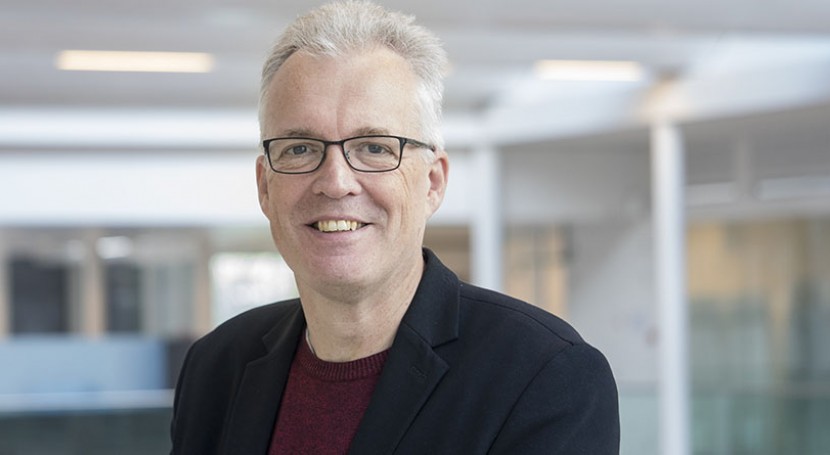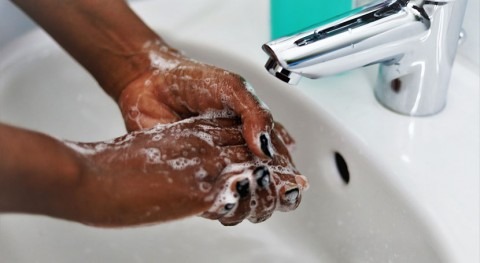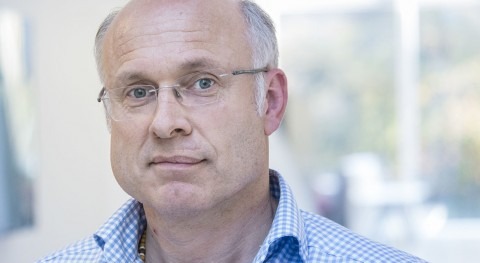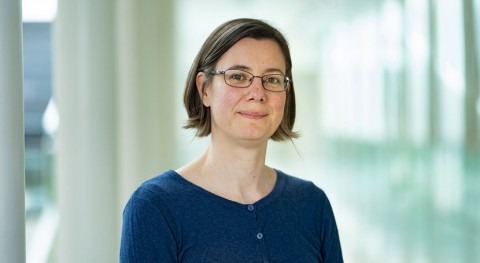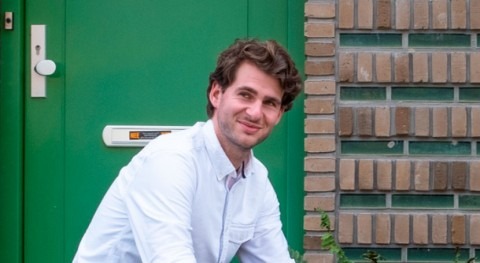Environmental surveillance by testing wastewater for evidence of pathogens has long been used. Last year, this method was adopted around the world for the detection of SARS-CoV-2 shed into wastewater and certain areas, such as the Netherlands, has incorporated daily sewage surveillance into its national COVID-19 monitoring. To find out how wastewater-based epidemiology has progressed in the past year, we spoke with Dr Gertjan Medema, Principal Microbiologist at KWR, whom we had spoken to a little less than a year ago.
Question: What is the current status of environmental surveillance for SARS-CoV-2?
Answer: It has grown enormously, and is currently applied in around 50 countries and more than 1,000 cities (see COVIDPoops19 Dashboard | covid19wbec.org). It is increasingly being adopted by health authorities as complementary source of information about COVID-19 circulation in cities, with several added values:
- It is objective: not everybody is tested, but everybody goes to the toilet. There are many examples of wastewater being a more objective indicator of the incidence of COVID-19 in the community than the nose swabs.
- It is fast: virus shedding is high around disease onset, and that is what can be detected within a day in the wastewater. Although the testing facilities for testing of people have expanded and speeded up rapidly, there can still be delays in testing. So wastewater can serve as early warning.
- It is an efficient population screening tool: one wastewater sample (when sampled appropriately) can reflect from 1000’s to 100,000’s of people. This is of particular importance when the prevalence of COVID-19 drops again to very low levels, and the big question is: is the virus under control or does it resurge at some place and time. This is the current situation in Australia for instance, where sewage surveillance is used to rapidly identify city areas where COVID-19 resurges.
- Several countries/states are running a country or state-wide program to make use of these added values to support decision-making on increased testing, lockdowns and other interventions.
Q: Could you explain what are the difficulties involved?
A: It is actually not so difficult. It requires good sampling and lab facilities and knowledgeable staff to conduct sewage surveillance. The main challenge for sewage surveillance is that the water sector is not accustomed to providing data for the health sector and the health sector is not used to consider environmental surveillance when looking at public health. But the bridge between these sectors is growing stronger and more health agencies are becoming engaged. This is crucial, without engaged health agencies there is limited impact of environmental surveillance on health decision-making.
The main challenge for sewage surveillance is that the water sector is not accustomed to providing data for the health sector
Q: What do you see as future research directions in this area?
A: The current situation is asking for information about the spread of the new variants, and many research teams are focusing on tools to discriminate the new from the old variants, using Next Generation Sequencing to look at all the virus variants in the virus mixture in sewage, and/or quantitative or digital droplet PCR assays with primers and probes to detect the variants/mutations/deletions in wastewater specifically. Sewage surveillance also reflects the effect of lockdowns and vaccination to reduce the transmission of COVID-19. So, where we currently detect SARS-CoV-2 RNA fragments in every sewage sample we take, in this coming year we hope to see the disappearance of SARS-CoV-2 RNA from the wastewaters, parallel to the COVID-19 testing streets running empty. That means that also Europe, the USA and hopefully many other countries will move to the situation where Australia is now: very low prevalence of COVID-19. In that phase, sewage surveillance becomes even more valuable to rapidly pick up if, where and when the virus resurges.
Looking further into the future, I see that the pandemic has boosted the use of wastewater as an information source, as a mirror of society, for infectious diseases in pandemic situations, but also in smaller epidemics or local outbreaks, for antimicrobial resistance, for use of pharmaceuticals and illicit drugs, for the physical and mental health of cities and for the exposome in cities.

